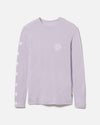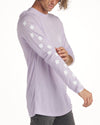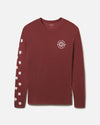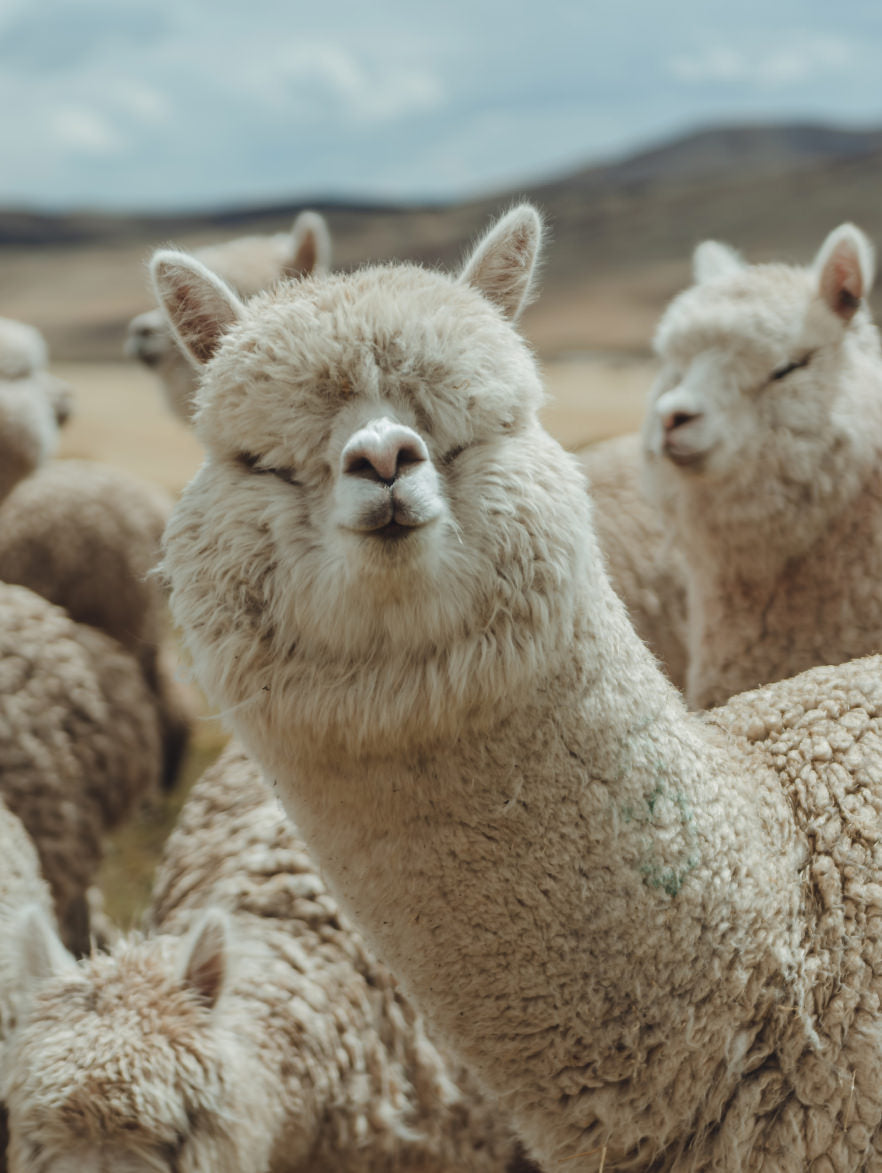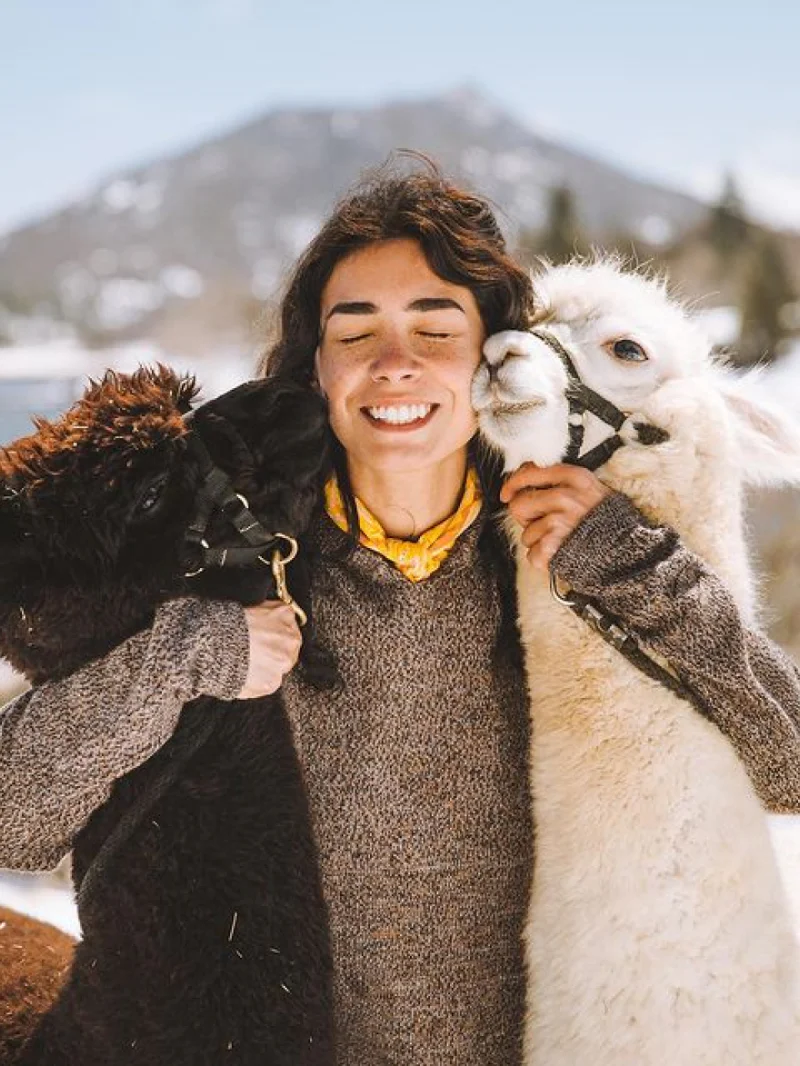
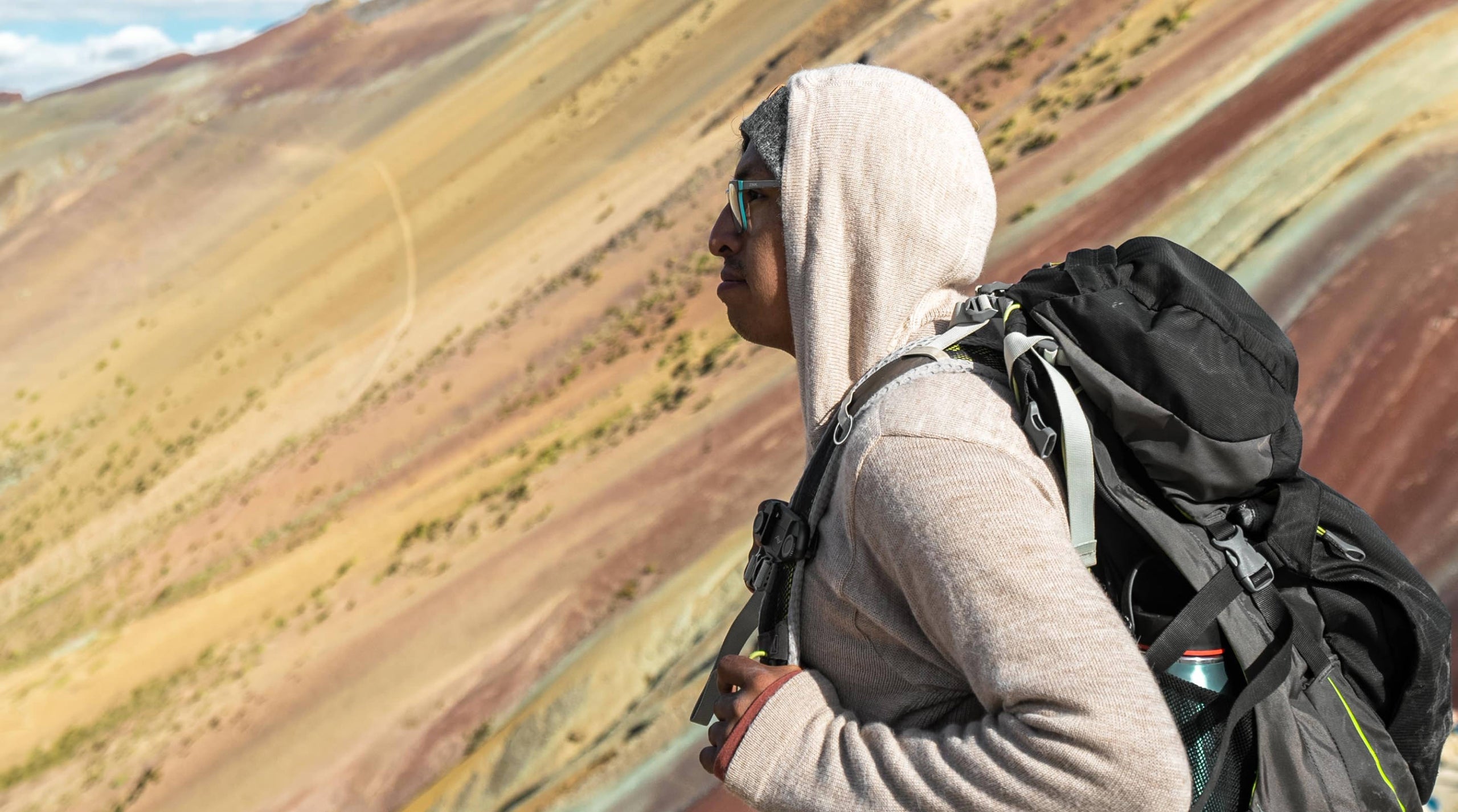


Nothing quite compares to the timeless art of stuffing everything you need to survive in a giant sack before carrying it on your back for miles on end. It's the ultimate test of endurance, patience, and moral fiber. But don't be fooled by the sunburns, sweat, and occasional bear encounter—backpacking is also one of the most rewarding and exhilarating activities, if approached with care. Before you can truly step foot on the trail, however, you’ll need the right equipment to ensure you get from A to B in one piece, and that includes a proper layering system to help your body regulate temperature.
Layering for a backpacking trip looks easy on paper, but it can pose quite a challenge, especially if you’re new to backpacking or roaming a foreign landscape. For that reason, we’re here to help you understand how to layer for a backpacking trip, and how you can do so with some of Paka’s adaptable essentials. We’ll also lean into some expert advice from Noah Turpo Cruz, an adventure photographer with roots in Peru, and pick the process apart like an onion—layer by layer.
"The Peruvian mountains are very unpredictable. If you are hiking, running, mountain biking, or backpacking, you must wear something that can breathe and regulate temps - alpaca does just that."
- Noah Turpo Cruz, Peruvian Adventure Photographer
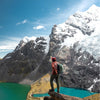

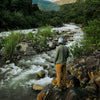

"The Peruvian mountains are very unpredictable. If you are hiking, running, mountain biking, or backpacking, you must wear something that can breathe and regulate temps - alpaca does just that."
- Noah Turpo Cruz, Peruvian Adventure Photographer


Why We Layer For Backpacking Trips
Picture this: You're deep in the untamed wilderness, the sun is beating down on your bare skin, and sweat is pouring down your face faster than a waterfall. You stop for a break, only to realize you're now shivering and cold. How, you may wonder, did your body suddenly become so chilly when, moments ago, it was so hot? Well, this scenario is essentially why we layer our clothing for backpacking trips.
Weather, as you probably know, can be unpredictable. One minute it's scorching hot, the next it's freezing cold, and then it starts raining sideways just for fun. But by layering your clothing, you can easily adjust your body temperature to remain comfortable no matter what Mother Nature throws your way.
But layering isn’t just about staying warm or cool—it's also about staying dry. When you're backpacking, you're bound to encounter all manner of moisture, from rain to sweat to river crossings and beyond. If you're wearing just one thick layer, all that moisture will trap before you’re suddenly clammy and uncomfortable. By layering, you can wick away moisture from your skin and keep yourself dry and cozy.

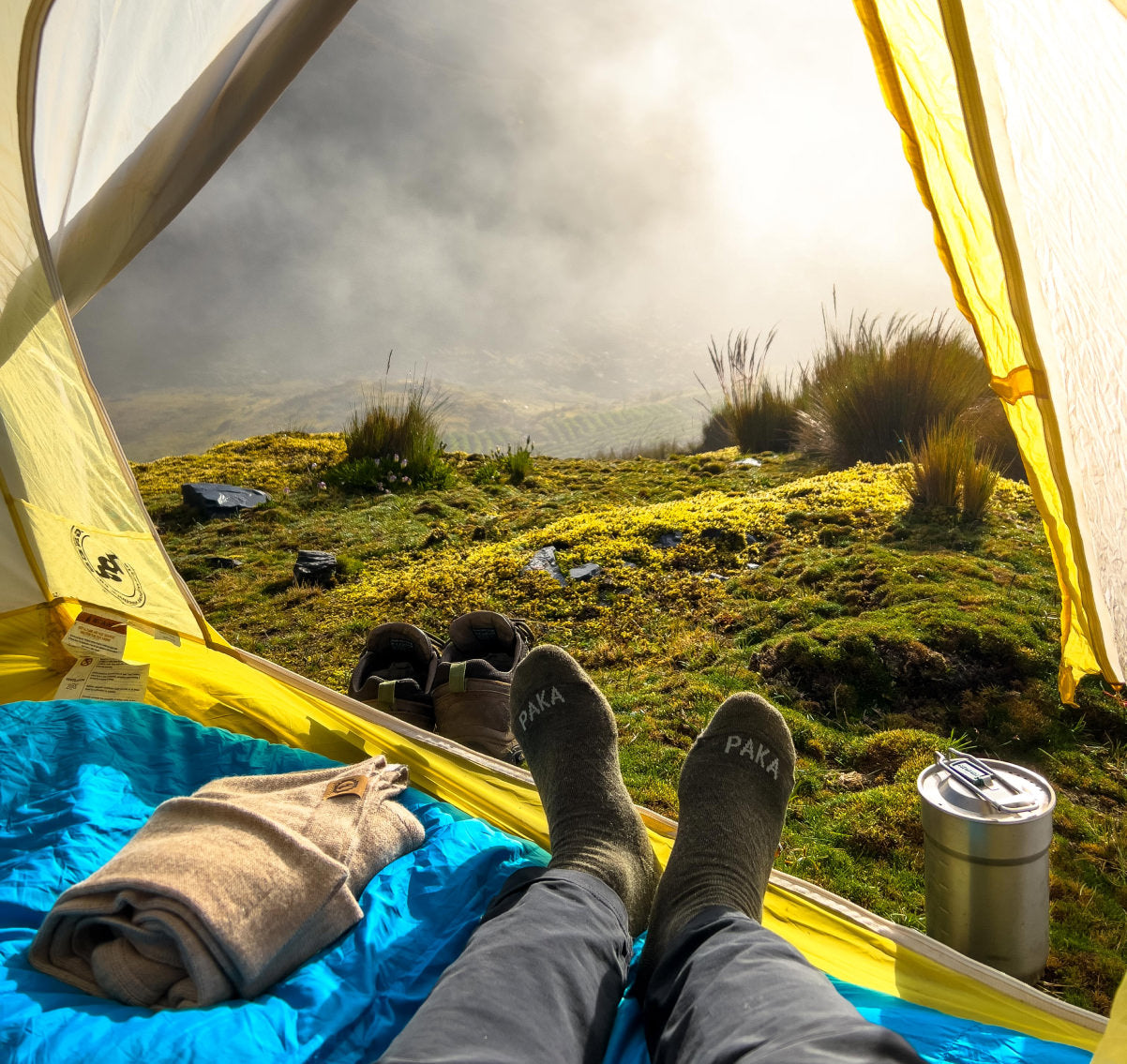


The Perfect Layering System
When the time comes to pack for a backpacking trip and you find yourself scrambling as t-shirts, fleece pullovers, shells, and hoodies wind up in your pack, pause and catch your breath. Whether you’re hiking the Peruvian Andes or the nearest National Park, there are only three principal layers that you need to consider: base layers, mid layers, and outer layers. Each layer serves a different purpose, but together they work to keep you comfortable, dry, and protected from the elements.
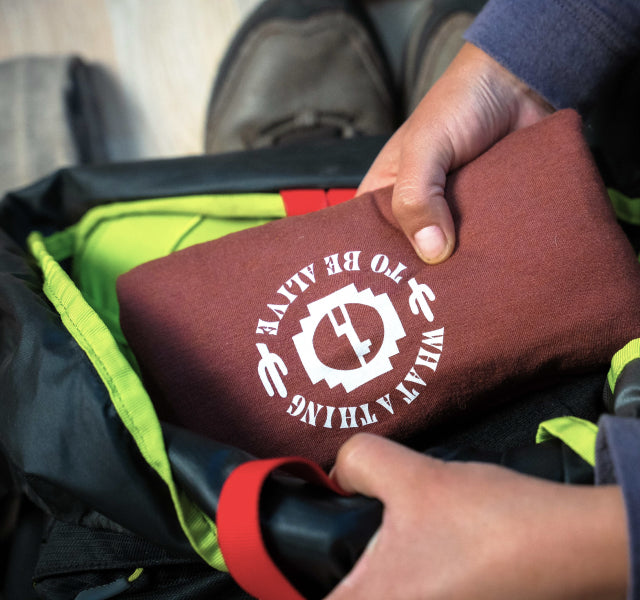
Baselayers
When the time comes to select a base layer or two from your wardrobe, consider its weight and intended use. Base layers come in lightweight, midweight, and heavyweight styles, and while the heavier weights will keep you warmer, the ultimate purpose of a base layer is to wick moisture. For instance, Paka’s Everyday Base Layers are designed for warm-weather activities like hiking while our thermal baselayers help you tackle cold-weather pursuits like skiing. The fabric is breathable and versatile enough for all manner of activity that works up a sweat.

Mid Layers
Ultimately, the insulating fiber you need will come down to the conditions you’re likely to face, but because we’re just a little biased here at Paka, we recommend natural fibers like alpaca that retain heat when you need it and expel it when you don’t, all while shedding unwanted moisture.
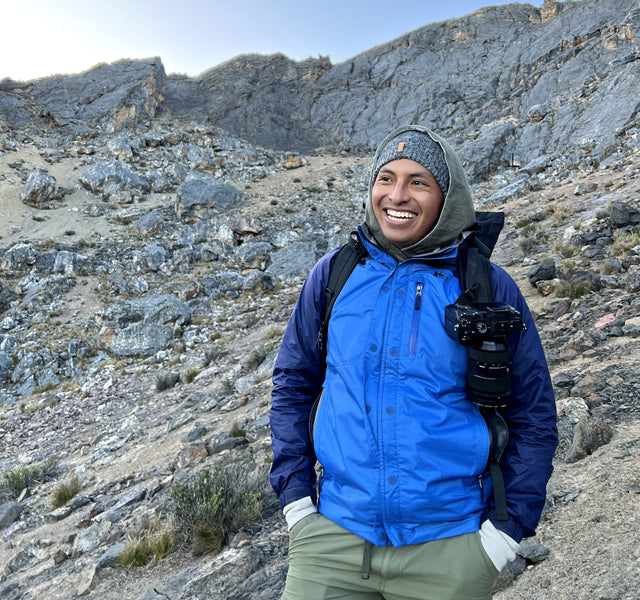
Outer Layers
When searching for a suitable outer layer, you’ll need to consider breathability and water resistance. Your best bet is to pick up a shell that’s both breathable and waterproof, but these tend to be the priciest options on the market. Water-resistant shells deflect moisture and breathe well, while soft shells are built to offer even more breathability if you’re hiking in dense humidity.
How To Properly Pack Your Layers
Once you’ve assembled your necessary layers, you’ll need to pack them in a manner that makes sense.
Start with the items you'll need first, like your rain jacket or hat, and pack these on top or affix them to the outside of your pack if possible. That way, you won't have to dig through your entire pack to find them when the weather turns south.



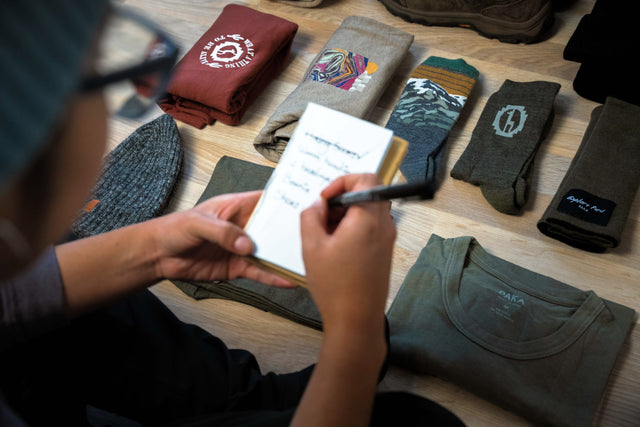
Next, pack your mid layers, like your fleece or puffy jacket, followed by your base layers. By organizing your clothing in layers, you'll be able to access what you need quickly and efficiently, without having to dump out your pack on the trail.
It may seem like overkill, but don’t be afraid to use packing cubes or stuff sacks that can help keep your clothing separate and easy to find. For example, you could use one packing cube for your base layers, another for your mid layers, and a third for your outer layers. This way, you can grab the cube you need and leave the rest packed away.
And don't forget about the little things while you’re busy packing! Items like socks, gloves, and hats can easily get lost in the depths of your pack, so consider using a small stuff sack or even a Ziploc bag to keep them together and easy to find.
At the end of the day, packing for a backpacking trip isn’t all that difficult when you break down the process into easily digestible steps. And if you bring along versatile apparel that wicks moisture and keeps you warm or cool (like Paka’s assortment of sustainable alpaca clothing), you’ll find yourself with even more room for layers, accessories, and those homey luxuries you can’t live without.

